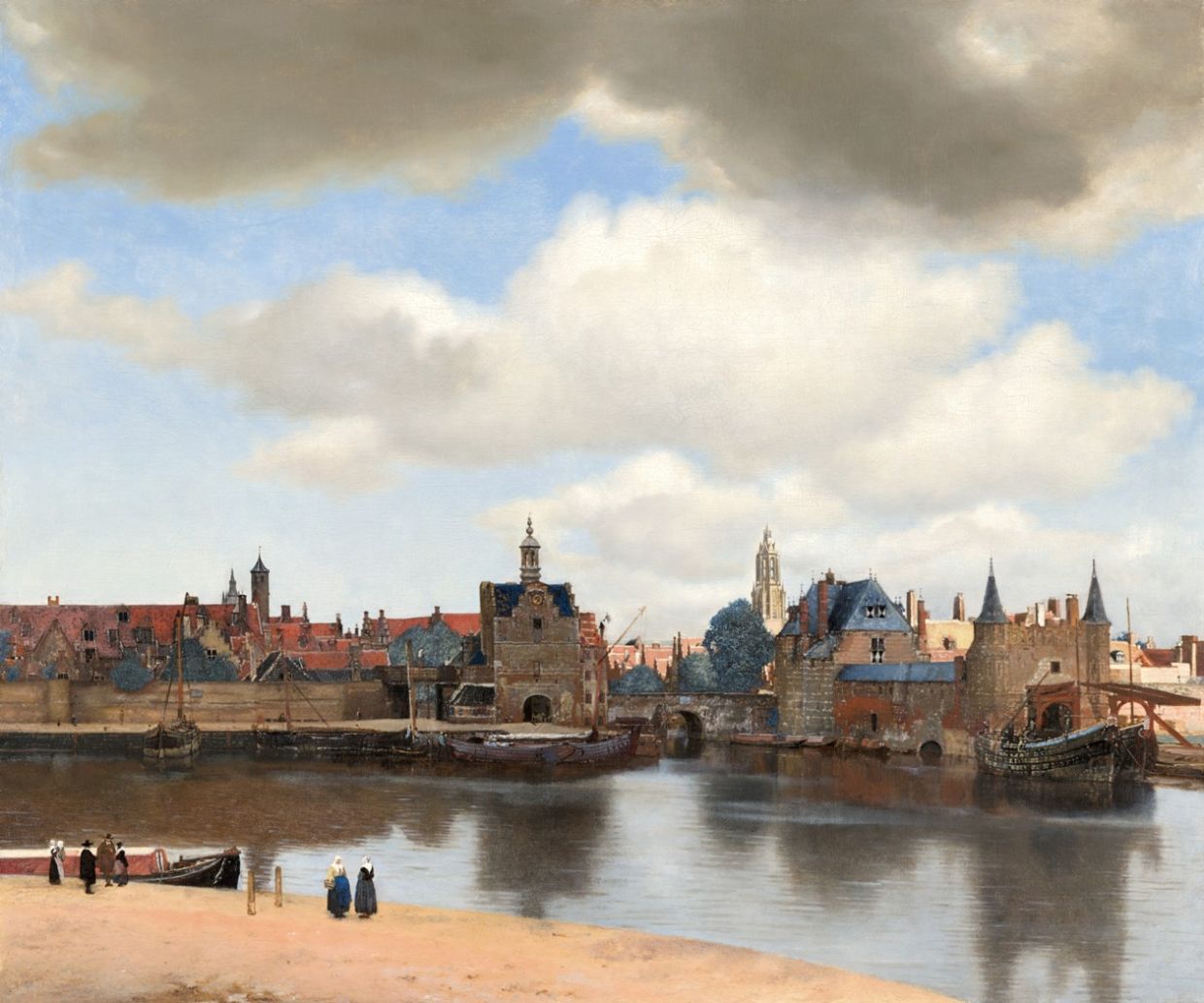Ten perspectives on the future of digital culture - Emilie Gordenker
Emilie Gordenker is the Director of Mauritshuis, The Hague, the Netherlands.
Emilie Gordenker is the Director of Mauritshuis, The Hague, the Netherlands.

The digital world has helped - and will continue to help - us deepen our understanding of works of art and to share this knowledge with an increasingly broad audience.
Some 20 years ago, most museums hesitated to share images online, under the impression that visitors would eschew their physical collections in favour of digital reproductions. The opposite has proved to be the case. In fact, the more we offer open access to high-quality images, provide lively storytelling and share recent research, the more relevant our collections become.
Today, our primary obligation is still to the collection, to the physical object. In that sense, not much has changed. What we see now though is ever-more sophisticated technology that we can harness to enhance and deepen the knowledge that we share with our visitors - all without disturbing the actual physical object.
We now have more platforms than ever to reach an (inter)national audience. Websites have become more than lightboxes as they allow us to harness video and other media to tell stories. Augmented and virtual reality will increasingly make it possible to enjoy high-quality reproductions of works of art for those who cannot come to a museum in person.
How inspiring would it be to be able to walk around the city of Delft in Vermeer’s day? Virtual reality could show us. This is the kind of technology that I’m excited to see transform our interactions with art and culture in the very near future.